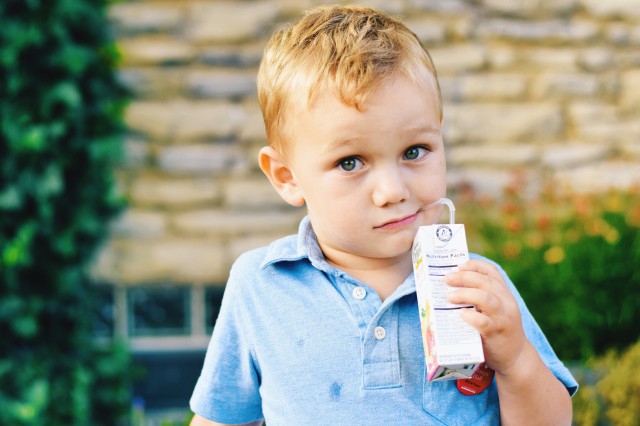Adoptive parents must determine what and when they will tell their children about their adoption. Many adoption workers advise parents to introduce the word “adoption” as early as possible so that it becomes a comfortable part of a child’s vocabulary and to tell a child, between the ages of 2 and 4 that he is adopted. However, some child welfare experts believe that when children are placed for adoption before the age of 2 and are of the same race as the parents, there probably is little to be gained by telling them about their adoption until they are at least 4 or 5 years old. Before that time, they will hear the words but will not understand the concept.
Dr. Steven Nickman suggests that the ideal time for telling children about their adoption appears to be between the ages of 6 and 8. By the time children are 6 years old, they usually feel established enough in their family not to feel threatened by learning about adoption. Dr. Nickman believes that preschool children still have fears about the loss of their parents and their love and that telling them at that time is too risky. In addition, there is some question about whether a child under 6 years of age can understand the meaning of adoption and be able cognitively to work through the losses implied by learning that he was born into a different family.
Although it is obvious to adults, young children often believe that they are either adopted or born. It is important, when telling them about their adoption, to help them understand that they were born first—and that all children, adopted or not, are conceived and born in the same way. The birth came first, then the adoption.
Waiting until adolescence to reveal a child’s adoption to him or her is not recommended. “Disclosure at that time can be devastating to children’s self-esteem,” says Dr. Nickman, “and to their faith in their parents.”
Children who were adopted when they were older than 2, or who are of a different race from their adoptive parents, need to be told about their adoption earlier. With older children, who bring with them memories of a past, failure to acknowledge those memories and to have a chance to talk about them can reinforce the attachment problems inherent in shifts in caretakers early in life.
If your adopted child is of a different race or has very different physical features from your family, you must be cognizant of signs that he or she is aware of the difference. Your child may have noticed it, or someone else may have commented on it. You will want to explain to your child that the birth process is the same for everyone but acknowledge that people in different cultures have distinguishing physical features and their own rich heritage. Sometimes children who look different from the rest of their family need to be assured that their parents love them and intend to keep them.
We couldn’t have said it better, that is why this is a direct repost from Parents

